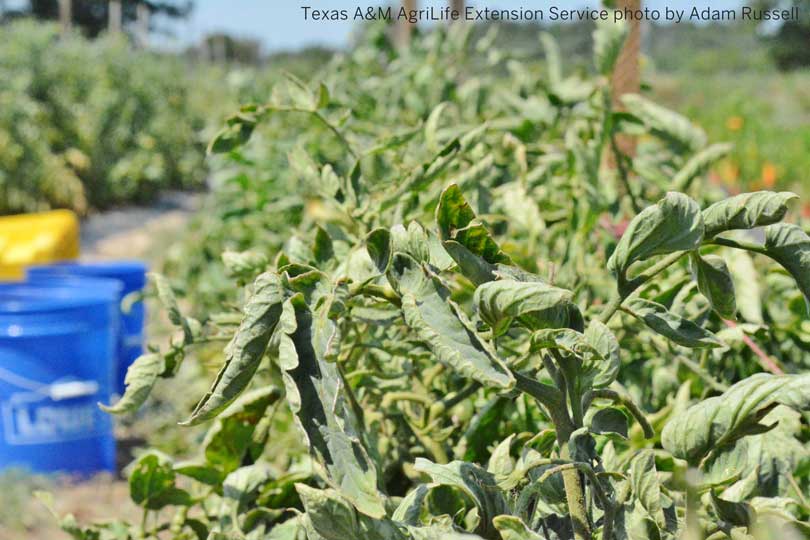By Justin Walker
Communications Specialist
A July heatwave brought record temperatures across Texas, according to State Climatologist Dr. John Nielsen-Gammon.
Amarillo, Brownsville, Fort Stockton, San Angelo and Waco all tied or set records during the month of July, Nielsen-Gammon said. Waco reached a record high of 114, while San Angelo broke its record at 108.
Nielsen-Gammon said this was the hottest summer to date for San Angelo, and Texas was well on its way to the second-hottest summer on record.
The extreme temperatures caused stress in plants and vegetation across the state, Dr. Lee Tarpley, a Texas A&M AgriLife Research plant physiologist, said.
He noted most rice fields were past the flowering stage and expected to have good yields. But the late-planted fields may have been damaged by the heat and yields could be impacted.
Plants in the Lone Star State were already feeling the impacts of drought conditions, Tarpley said, but the added high temperatures experienced around the clock has negatively impacted both flowering and processes, such as photosynthesis and respiration, in vegetation.
“Anytime a plant gets out of the optimal range of temperature, it can be tough, and there will be incremental damage from heat stress,” he said. “The combination of heat and drought stress can be worse than either of the two individually.”
One concern of heat stress is damage to cell membranes, Tarpley said. Added drought stress could cause leaves to shut down transpiration, further increasing leaf temperatures. Wilting leaves due to drought stress likely means economic damage to the crop.
“It’s hard to completely recover from that,” he said. “If you catch the drought stress early, the plants can recover, but it’s downhill from there when it hits a certain degree of stress.”
Tarpley said cotton and other later-planted crops are the most-likely susceptible to the recent heatwave, especially if coupled with greater drought conditions.

